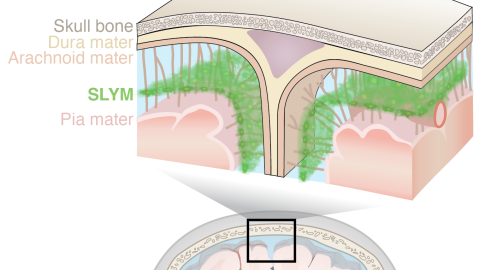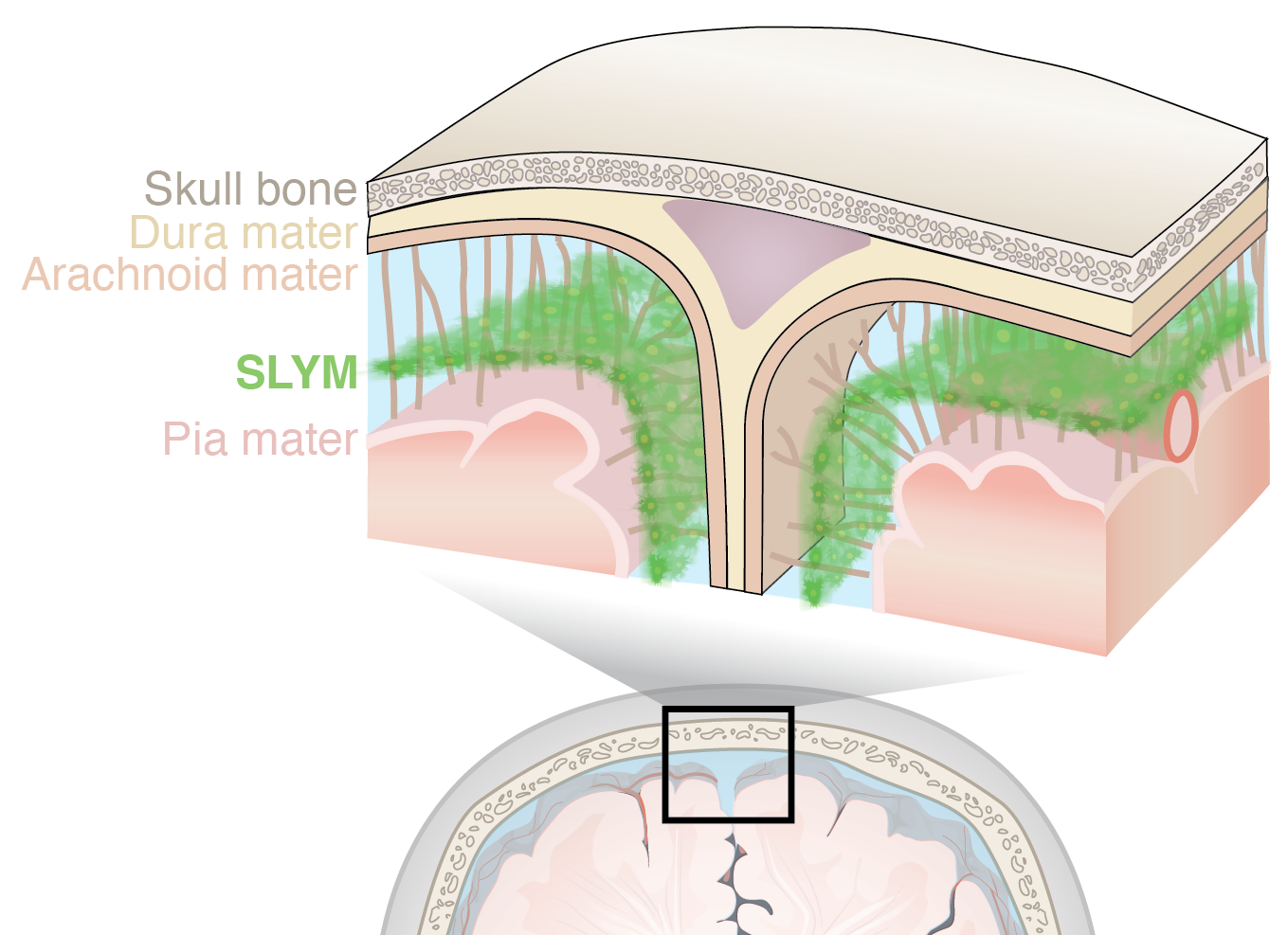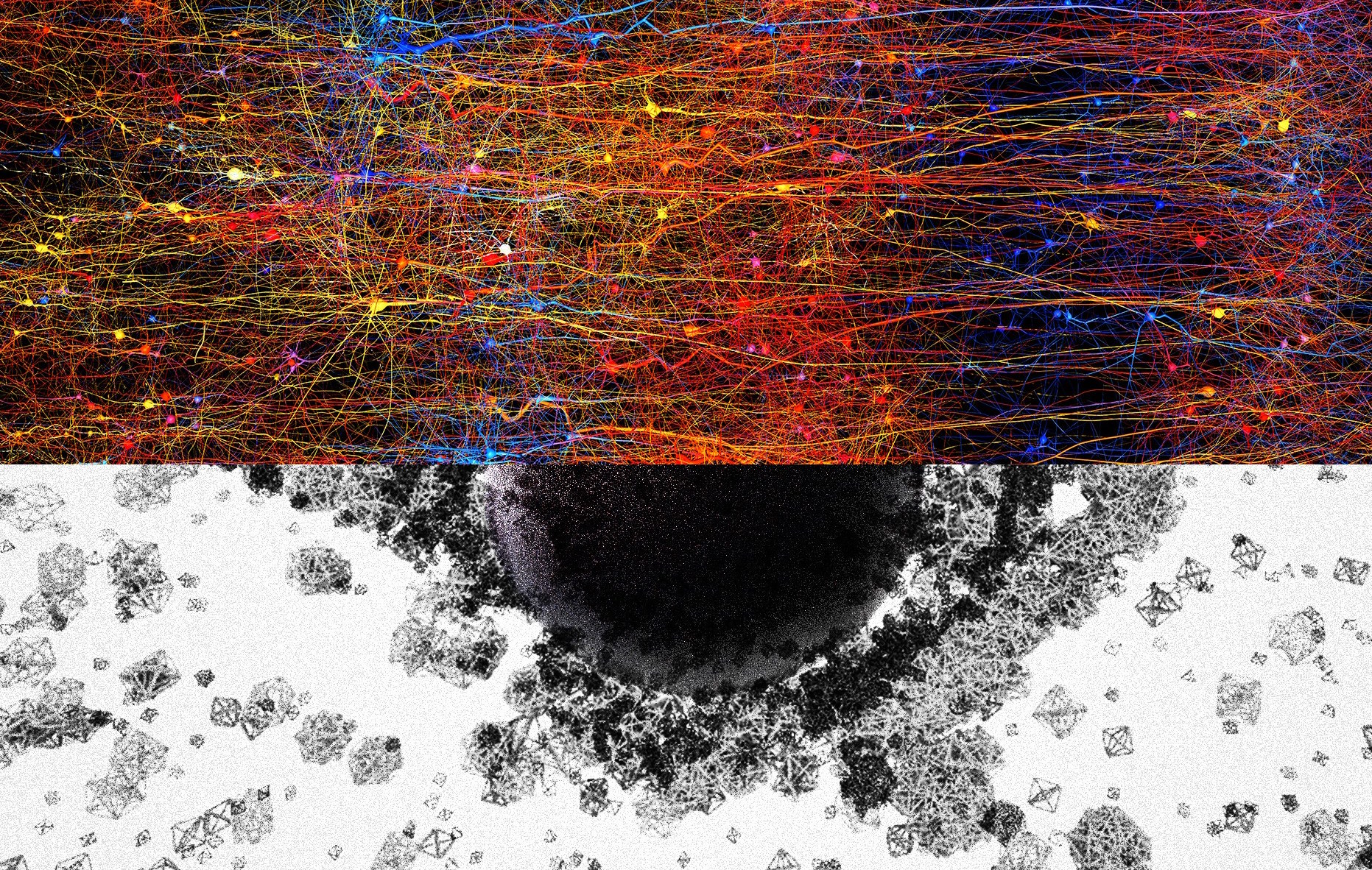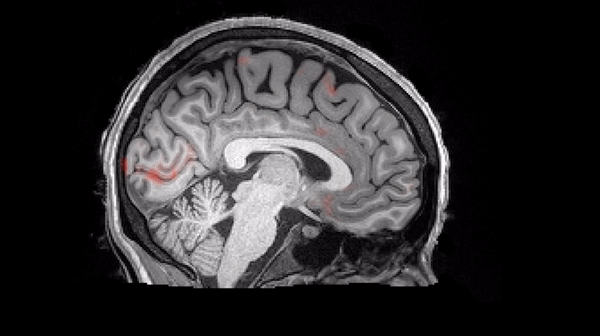Scientists discover a previously unknown part of the brain

- Researchers discovered a new structure, just a few cells thick, that surrounds the brain.
- The subarachnoidal lymphatic-like membrane (SLYM) acts as a protective barrier, lubricates interactions between the brain and skull, contains immune cells, and regulates the flow of cerebrospinal fluid.
- The discovery suggests that certain brain disorders could be tied to the SLYM. Moreover, researchers working on novel brain therapeutics will have to take the SLYM into account when formulating therapies.
The human brain is an intricately-structured organ, inside and out. Decades after brain imaging entered scientists’ toolkit, we’re still learning new things about the seat of cognition and consciousness.
On Thursday, researchers from the University of Rochester and the University of Copenhagen announced the discovery of a previously unknown tissue layer surrounding both mouse and human brains. The find is detailed in the journal Science.
The Subarachnoidal LYmphatic-like Membrane, or SLYM for short, divides the subarachnoid space, the region that contains cerebrospinal fluid surrounding the brain, into two compartments. Researchers in the labs of Maiken Nedergaard, co-director of the Center for Translational Neuromedicine, and Kjeld Møllgård, a professor of neuroanatomy, discovered the diminutive layer, which is just a few cells thick, using high-resolution two-photon excitation microscopy. Coupled with fluorescent protein dyes, the technique produced remarkably detailed images on the micrometer scale within living organisms.

Once the researchers identified the structure, they conducted numerous experiments in mice to determine its function. Using dyed substances with various sizes and characteristics, they explored what could cross the barrier and what couldn’t. Zooming in, they also noticed that the SLYM hosts its own population of nervous system immune cells and is comparable to mesothelial tissue — a thin protective layer — that surrounds other vital organs.
What the brain’s SLYM does
These observations permitted the researchers to make numerous conclusions about the SLYM:
- It acts as a protective barrier for the brain.
- It serves as a platform for immune cells to monitor the brain for infection and inflammation.
- It reduces friction between the brain and skull as the brain moves around inside the cranium.
- It guides the flow of cerebrospinal fluid, a colorless liquid that bathes the outside of the brain.
The fourth theorized function might be the most interesting. Recent discoveries point to the cerebrospinal fluid as a medium for clearing waste products from the brain that build up during wakefulness. As we sleep, the glymphatic system flushes out any toxic substances. The SLYM might actively allow “clean” cerebrospinal fluid to enter the subarachnoid space around the brain and “dirty” cerebrospinal fluid to leave.
“The discovery… provides us much greater appreciation of the sophisticated role that cerebrospinal fluid plays not only in transporting and removing waste from the brain, but also in supporting its immune defenses,” Nedergaard said in a statement.
The newfound presence of the SLYM also yields insights into brain trauma, the researchers note. “Physical rupture of the SLYM could, by altering cerebrospinal fluid flow patterns, explain the prolonged suppression of glymphatic flow after traumatic brain injury as well as the heightened posttraumatic risk of developing Alzheimer’s disease.”
Moreover, disorders of the central nervous system like multiple sclerosis could be triggered or exacerbated by damage to the SLYM, they say, and scientists exploring novel brain therapeutics will have to take the barrier into account when designing therapies.





